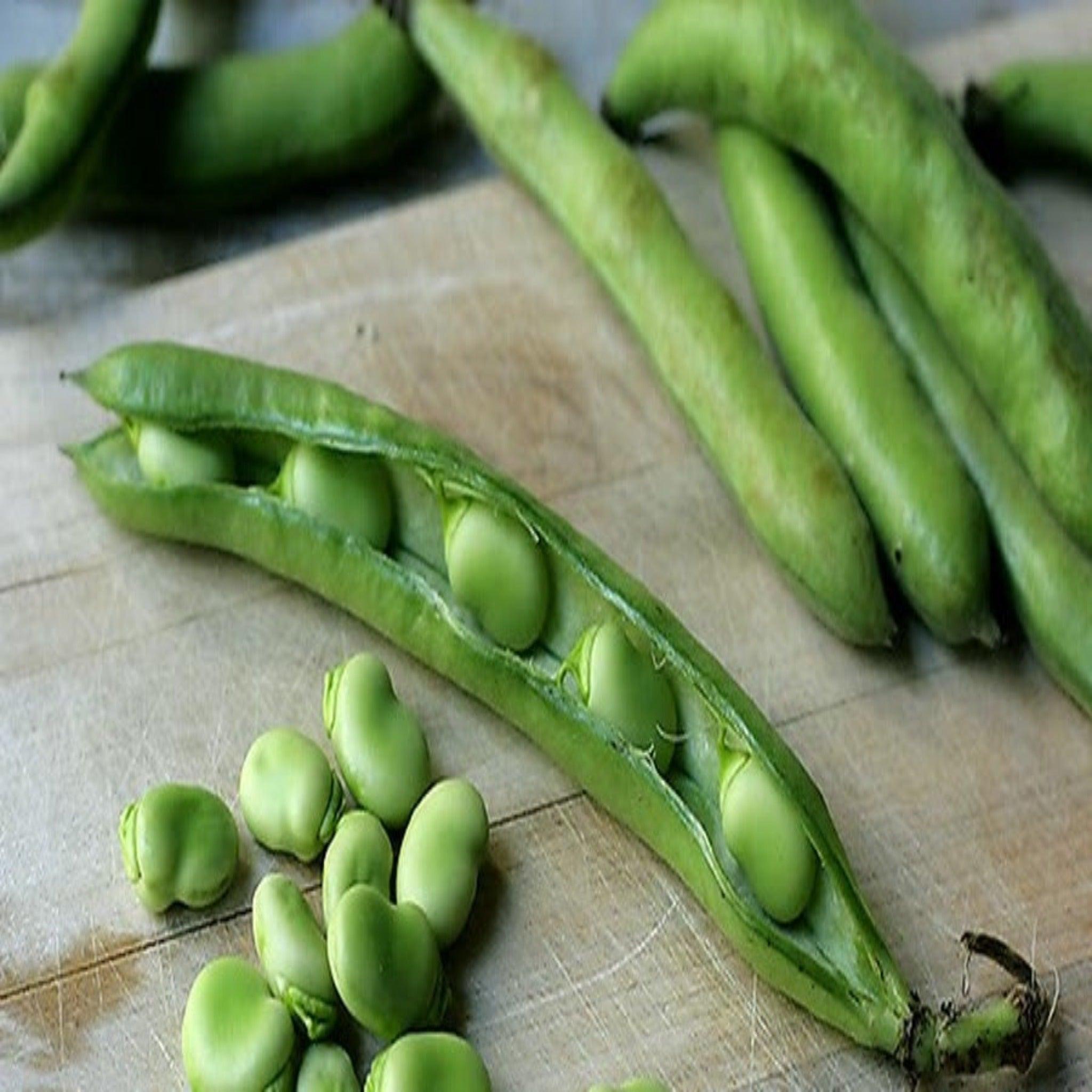
Broad Windsor Fava Bush Bean- Heirloom, Non Gmo Seeds
Broad Windsor Fava Bush Beans, also known as broad beans are species of vetch, a flowering plant in the pea and bean family.
The fava bean develops in a thick bumpy pod that are inedible and the beans are covered in covered in a clear coating which is typically removed before eating. All that labour is worth it to enjoy these buttery little gems. Fava beans can be frozen or canned, or dried for winter consumption.
Choose options

Broad Windsor Fava Bush Bean- Heirloom, Non Gmo Seeds
Sale price$2.50
